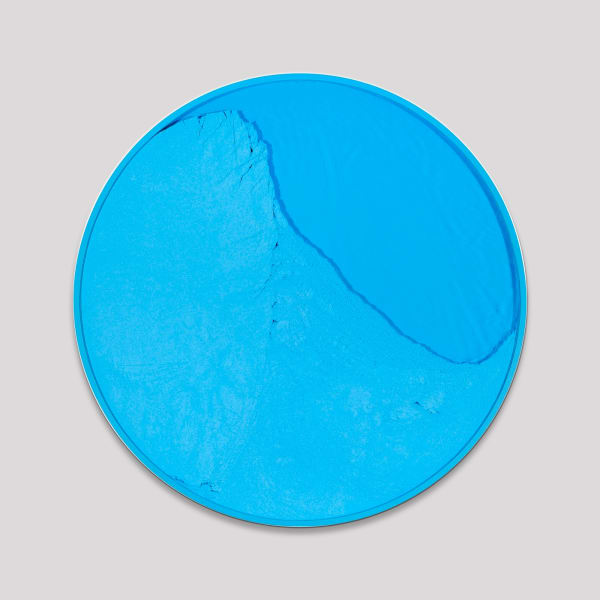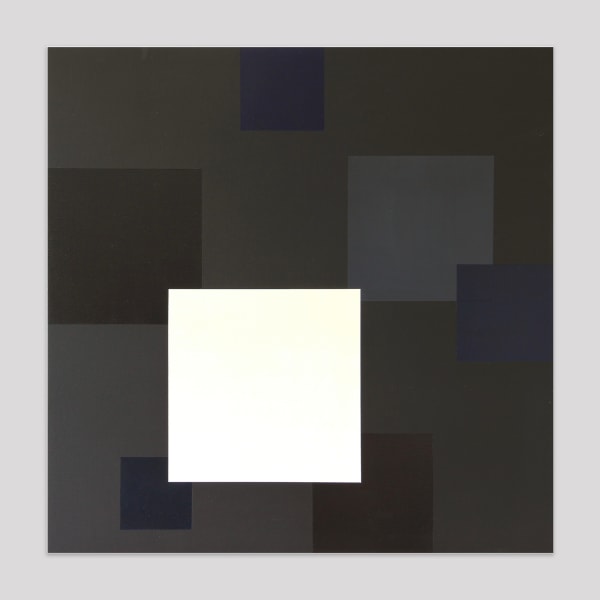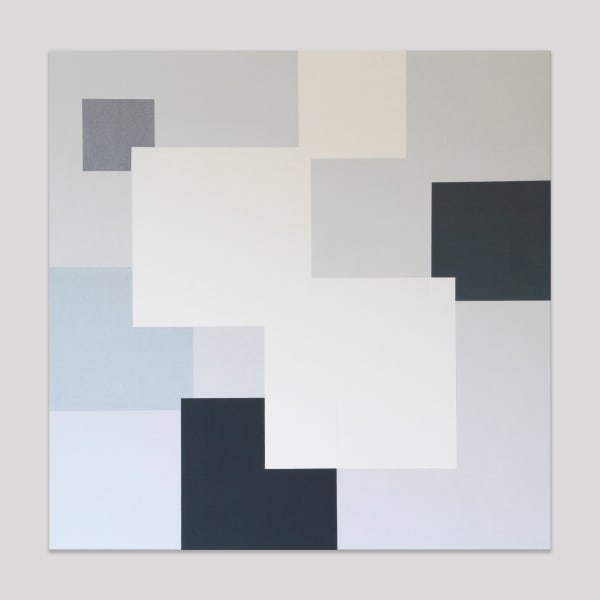-
-

-
Galerie Meyer Zafra is pleased to present Structures of Movement, a group exhibition bringing together six artists, Yaacov Agam, Manuel Mérida, Jean-Claude Reussner, Francisco Salazar, Walter Strack and René Ugarte whose works explore the intersection of geometry, structure, and motion.
-
Honored for its aestheticism and for its captivating effect on the viewer, and despite the marginalization of his work that we often like to associate with kinetics, the work of Manuel Mérida remains of no less importance in the history of art. - Hervé Mikaeloff
The artwork Cercle Cuivre, was exhibited at the Fondation Villa Datris in 2023 in a special installation made especially for the show Mouvement et Lumière #2
-
The obsession for pure visuality is a field and a passion that governs all the plastic production of Francisco Salazar (1937-2019), a Venezuelan resident in Paris for several decades. His pictorial journey has not changed despite the mark of time: recurrently, he has recourse to a white area, stripped, subtle, worried, almost in relief. In cardboard or canvas, this plan is altered, either by a discreet movement, emotional, enveloping and each time more important, either by the displacement of light and geometric forms; ideas of lines, of short squares, in rhythmic and serial progression, oriented indistinctly in one direction or another. Thus, the artist generates meanings that highlight the plastic values he synthesizes from supremacist and minimalist sources.
-
Walter Strack (1936-2021) channels colors into large flat surfaces: rectangles and squares separated by a thin groove animate the mounted canvas. The adjacent panels are arranged to form relief: either jutting out or indented. His precise assembly methods suggest other angles of approach. The differences in relief and overlaps highlight the shades of color. Without being strictly mathematical, his tableau-reliefs achieve a balance. The cut-out shapes, with their depth and half-tones of color generate numerous contrasts and and great harmony. -
The work of Jean-Claude Reussner (1929 - 2018) is about a synthesis between both facets of the same artist: the painter, who was formed at the age of twenty years old in the André Lhote’s and Fernand Léger’s studios and made its first personal exhibition in Geneva and in Lausanne in the sixties; and the sculptor who took over the foundry of his father in 1961 and worked during twenty years for numerous artists worldwide.
-

-
Sensitive and sober, the work of Rene Ugarte (1951 - ) is the fruit of a coherent reflection and a rigorous discipline. Based on the concept of structure, his paintings, executed on canvas and wood, reveal a simple configuration: the use of pure forms (square and rectangle) and the line in an alternative and repetitive way. Ugarte is developing a network of lines that cross the board horizontally, vertically and diagonally. The diagonal that he uses in a systematic way allows him to accentuate the dynamism of the work. Through this network of lines, orthogonal shapes determined by solid colors appear. Nevertheless, this rigorous geometrical structure which gives the painting an impression of balance and visual unity, is none the less illusory. It is the imbalance, the asymmetry, the destructuring that the artist seeks in his work. So he plays with ambiguity and dynamics to acquire a greater presence in space and come to a new reading, a discontinuous reading of his work.
-
Yaacov Agam (1928 - ) is an internationally renowned painter and sculptor and one of the founding fathers of kinetic art. Today, Yaacov Agam’s works are held in major museum collections worldwide, including the Museum of Modern Art (New York), the Solomon R. Guggenheim Museum (New York), the Centre Pompidou (Paris), and numerous public and private collections in Europe, the United States, and Asia. His monumental public commissions — from the Fountain of Fire and Water in Tel Aviv to large-scale architectural installations — continue to make him a central figure in the history of twentieth-century abstraction and kinetic art.
Structures du mouvement: Agam, Mérida, Reussner, Salazar, Strack, Ugarte
Current viewing_room


















